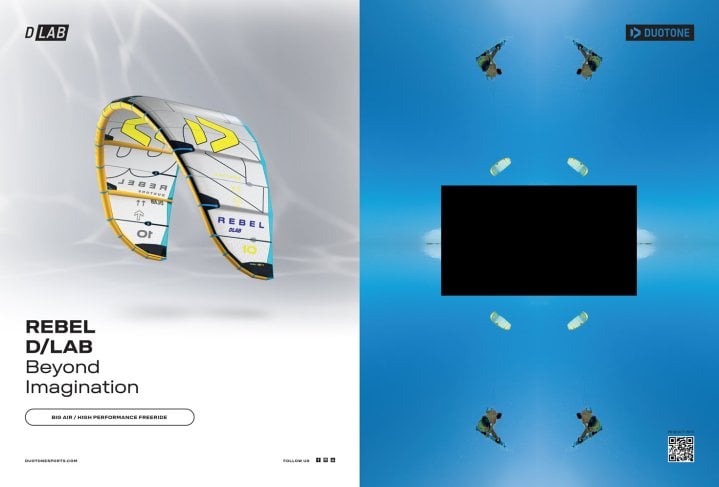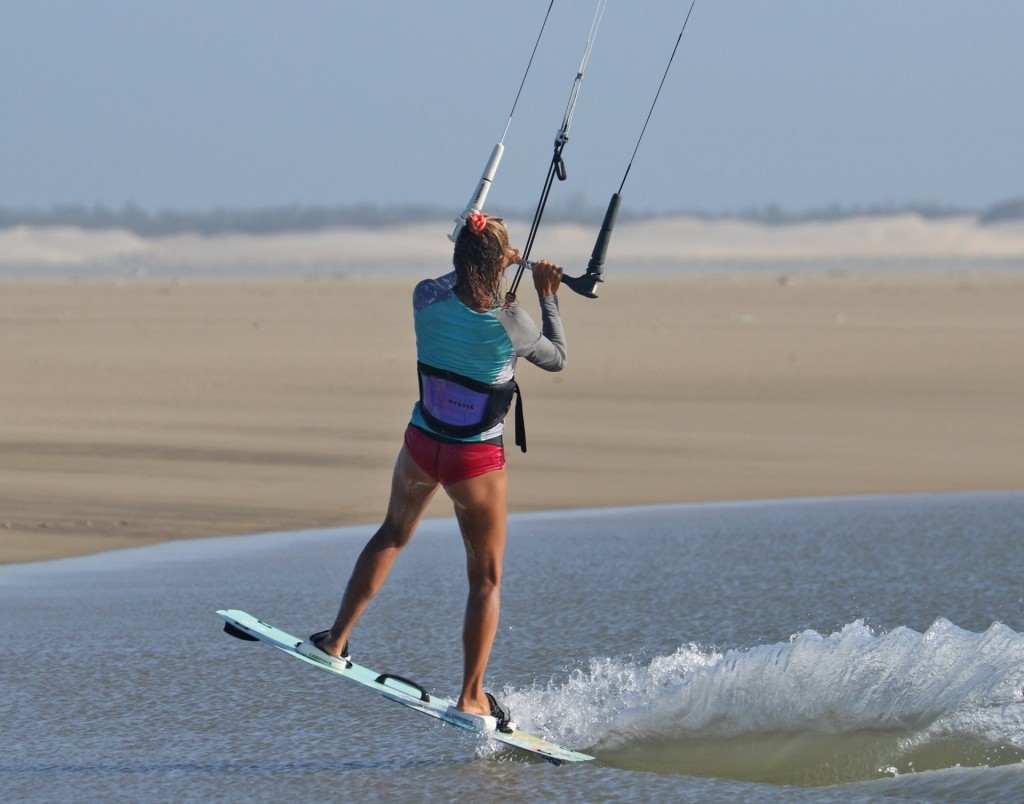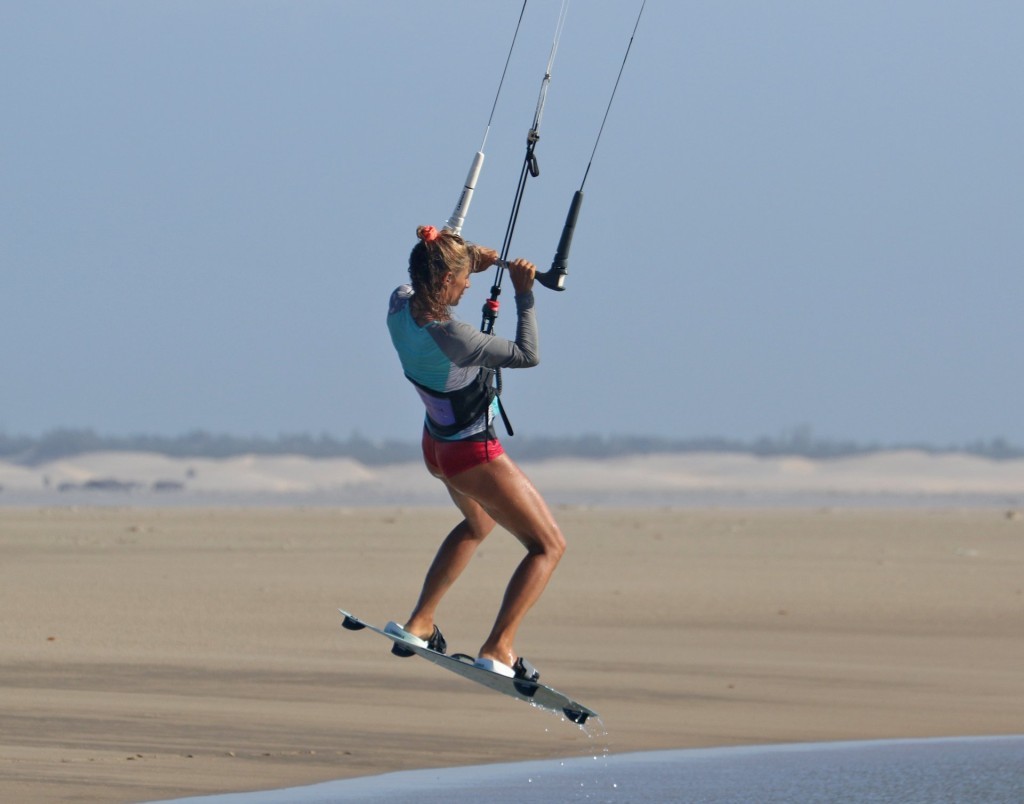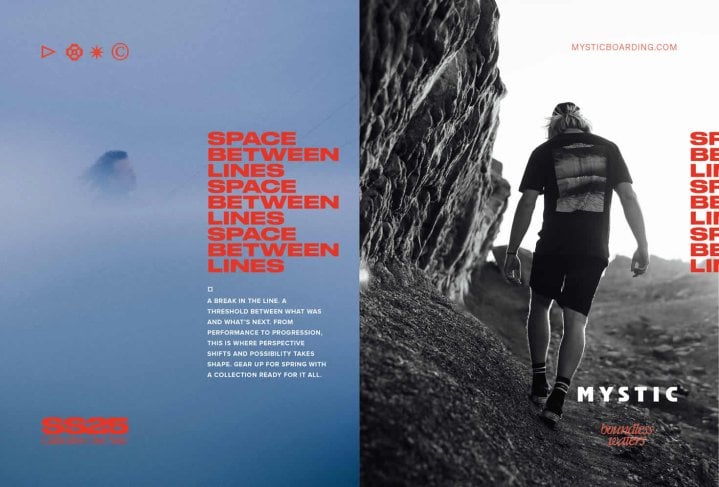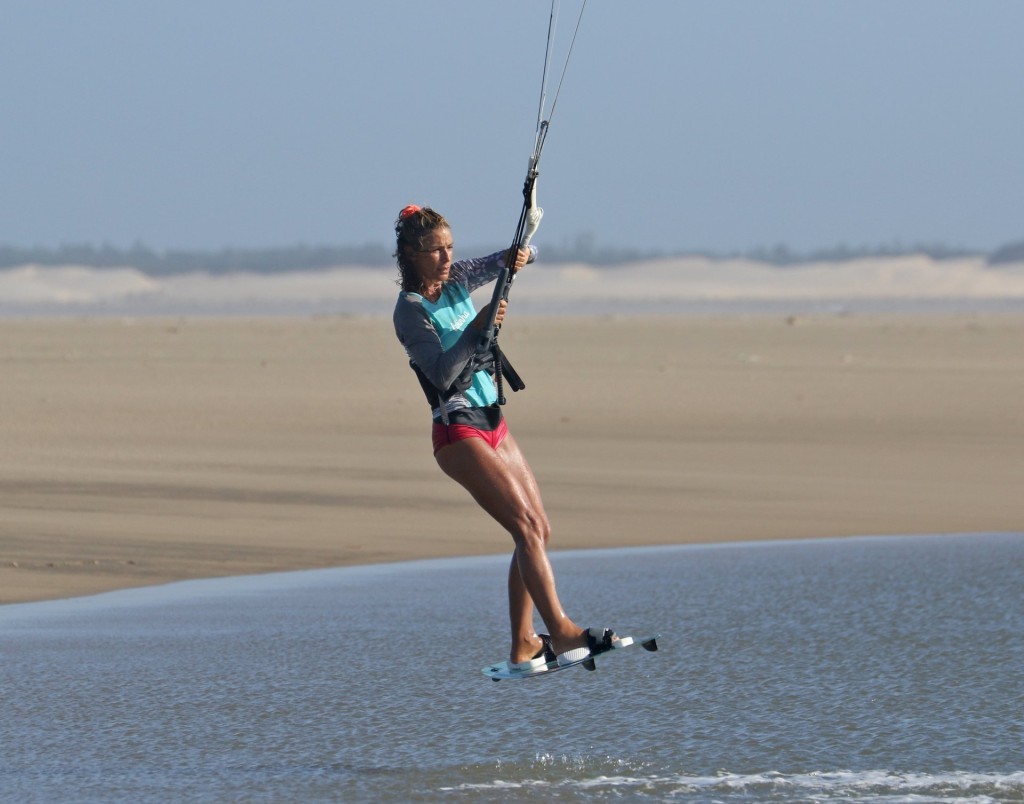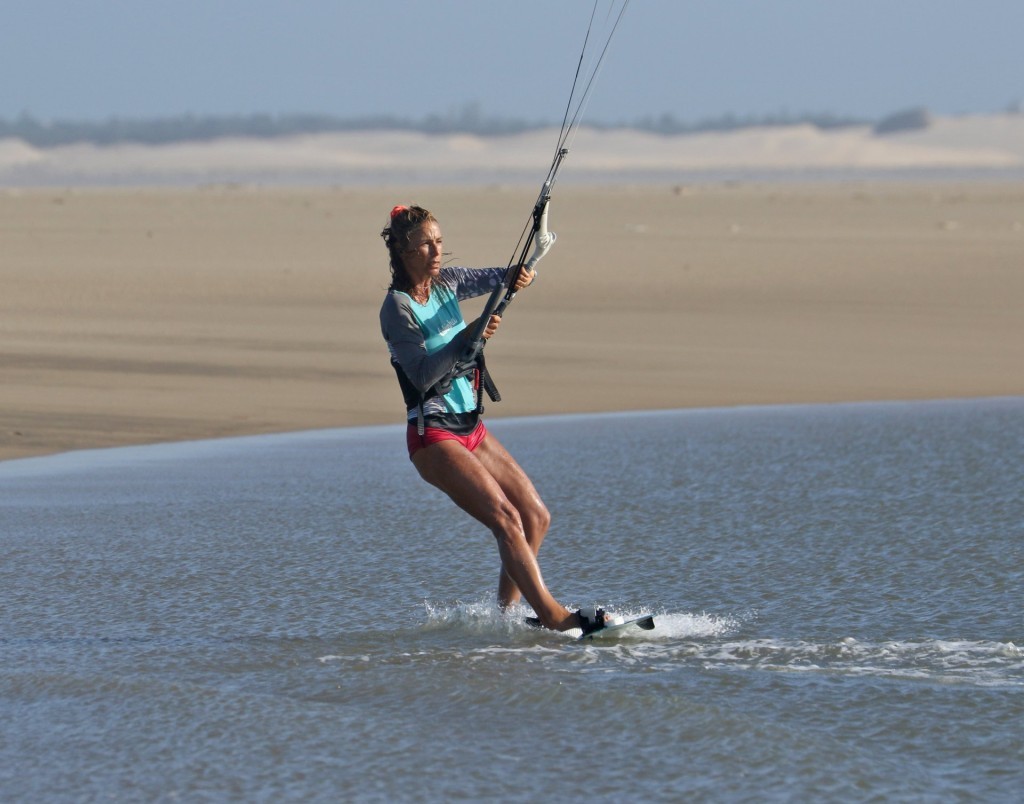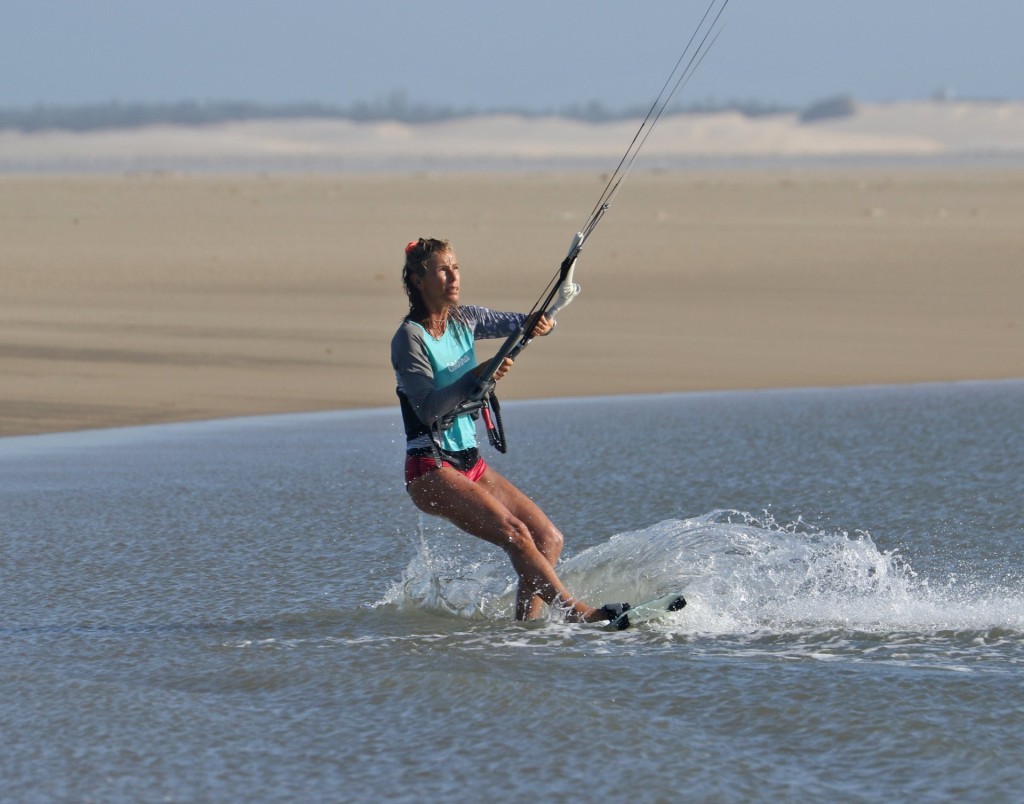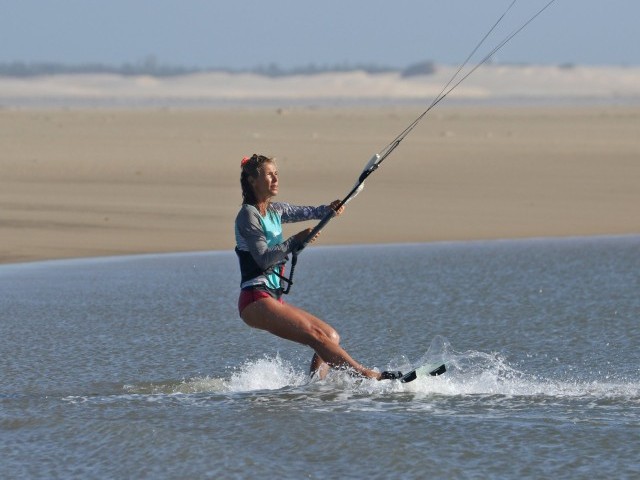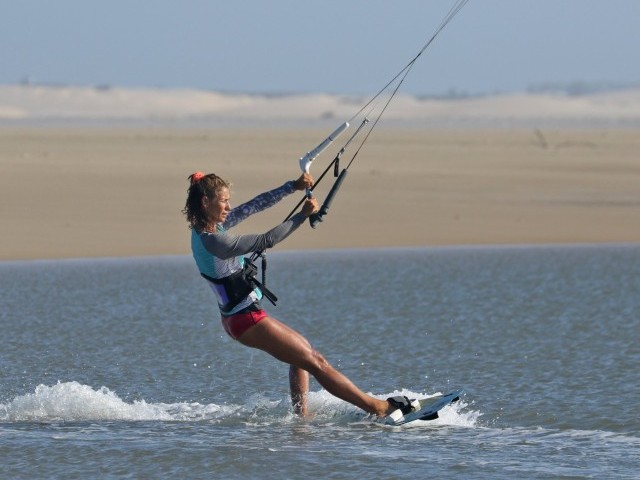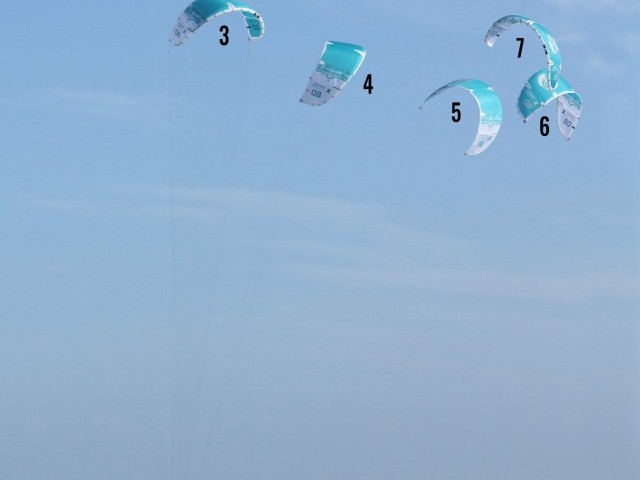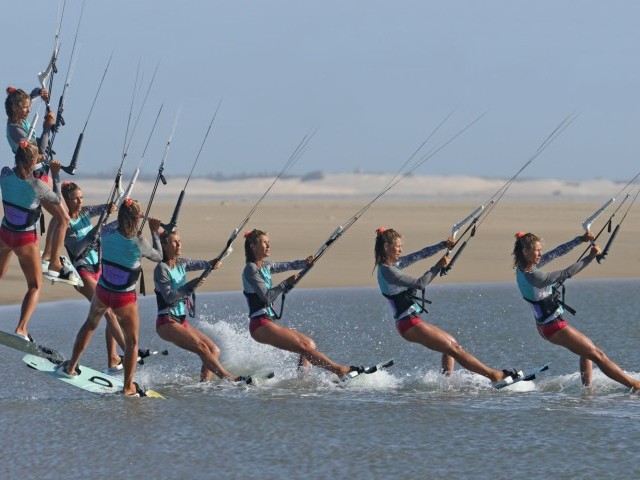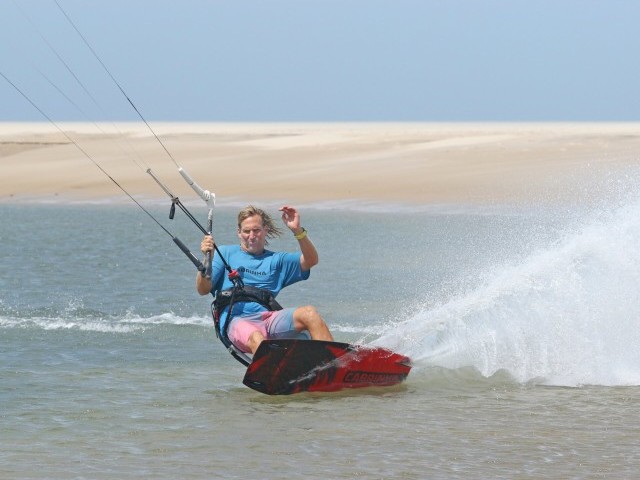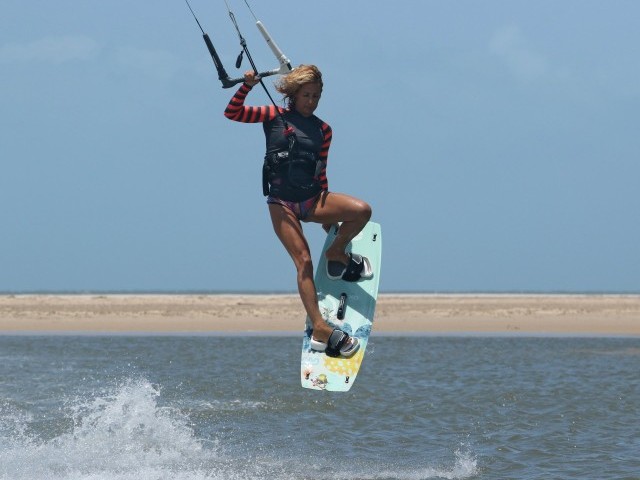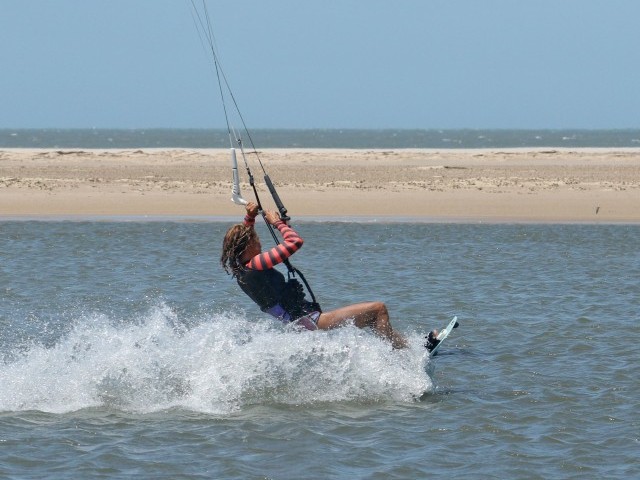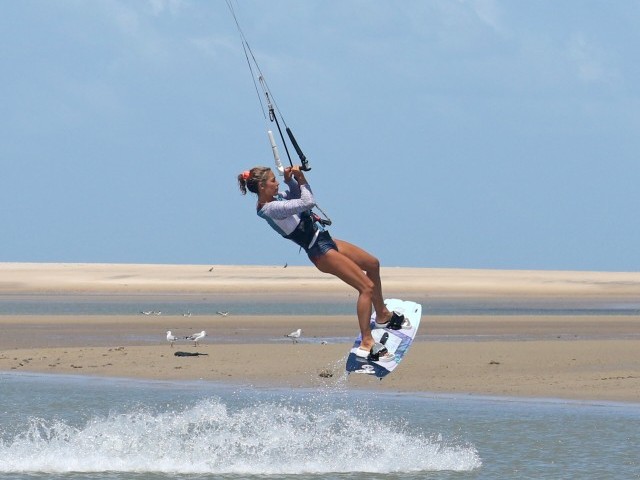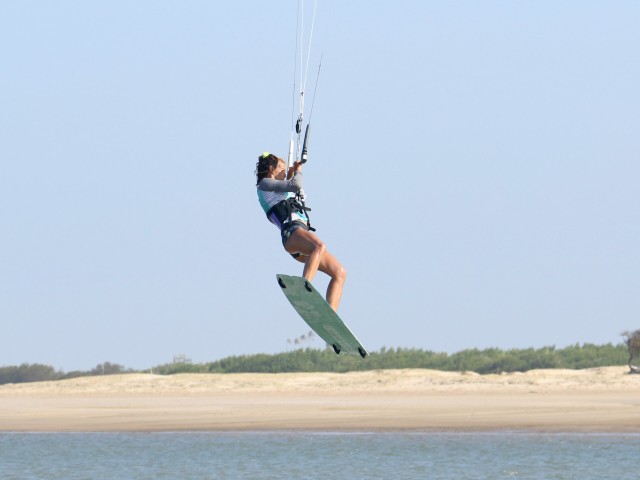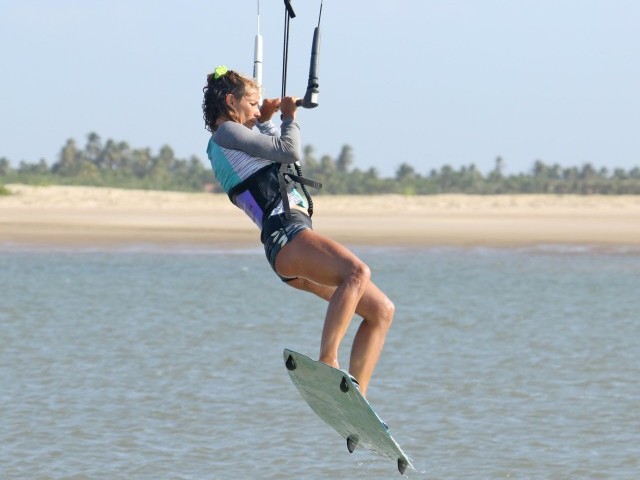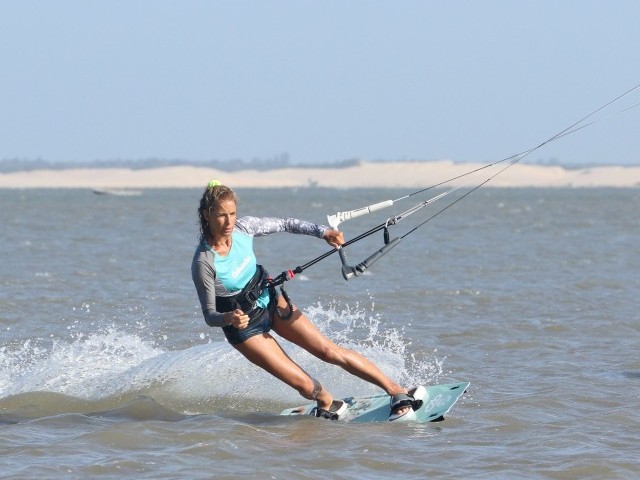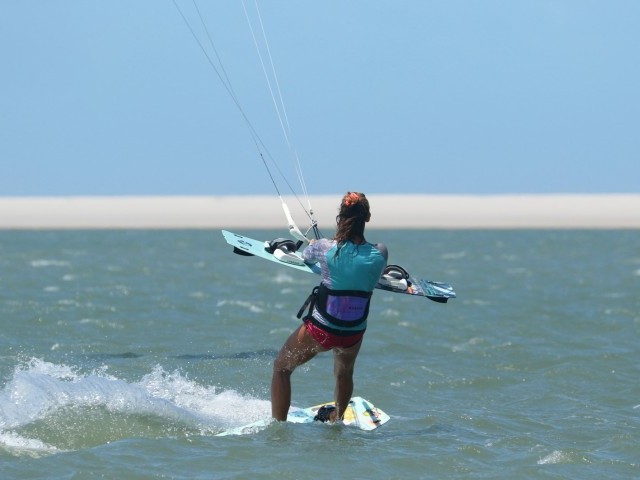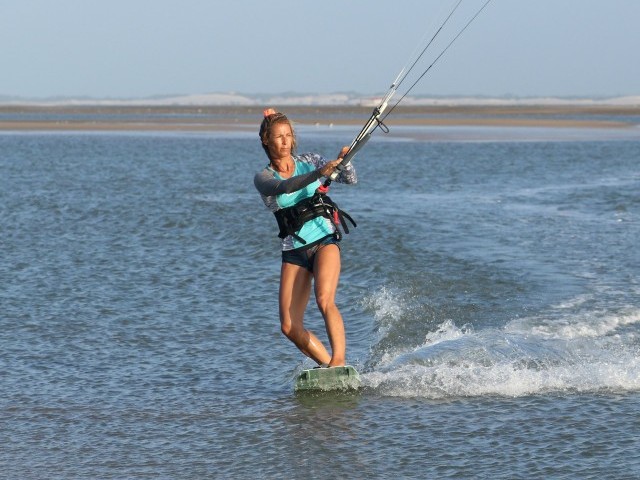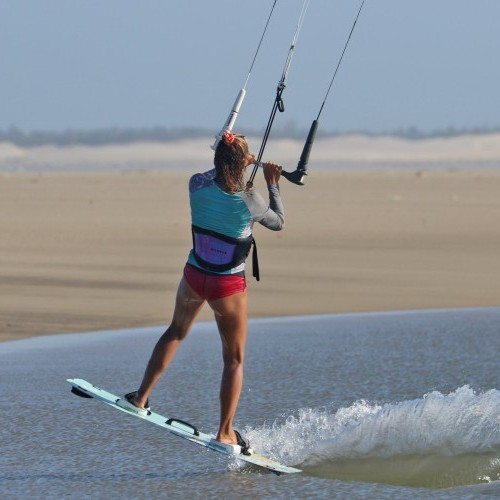
Learning to Loop Part 4 – Jump Transition Late Loop
Technique / Beginner
We're sneaking this one into our learning to loop series because it really is the ultimate get out of jail card. If you want to pass go and collect 200, it's an absolute must-have. In fact, it's so good and handy that, at times, you could practically consider it as cheating. Anyway, enough of the hyperbole and excitement; we need to get on the same page here and determine what we mean by a late loop in this scenario. By late, we mean that you'll be on the water, already landed, when you pull the trigger and initiate your loop. To learn this, it will be premeditated. However, the point of learning this is not to have this move as a move in its own right (although it is) but rather to give you a practical tool that you can use in multiple situations. And you can even use it as a method for riding downwind!
The jump transition is an excellent example, as are all its many offspring. They will benefit in the same way. Picture this… You throw a quick jump transition; perhaps there's a bit of a lull, or you over-send the kite a tad. You dive as per normal, but with the kite slightly on one side of the window you don't get enough pull as you land. In this case, you'll usually steer the kite back up to stop it from diving into the drink, sink a tad, and then work some power into the kite so you can move off. Rewind back to dive. You dive the kite, point your board off the wind, but you don't get enough power. Now, rather than steering out of the dive, you keep pulling. Your kite continues to turn under before rising and eventually heading forwards again. As it moves up and forwards, it breathes a sigh of relief and powers up, pulling you with it. Instead of unceremoniously sinking, you come out of your hitherto flunked transition with oomph and grace. In simple terms, the late loop is merely a continuation of your dive.
To give you a visual, have a look at Sequence 1.
- In position 1, Karine has just started her descent. She's looking forward, and the kite is above her.
- As she drops, Karine looks downwind, points her board off the wind and steers the bar to dive the kite. Standard procedure.
- Karine touches down. As she does, her kite is diving hard as requested. She's waiting for the pull, but for whatever reason, there isn't enough. This is the moment when normally you'd abort and pull the kite back up. BUT…
- Instead, Karine keeps pulling on her new front hand, and the kite keeps turning.
- It loops under itself, and Karine stays committed, watching its flight.
- The kite starts to rise. Karine keeps it turning but eases her bar out; the kite breathes and generates some much-needed lift. Still turning.
- Once the kite is heading forward in the new direction, Karine levels the bar out and accelerates out of her jump transition.
As long as you're happy with your down loop transitions from the first three in our learning to loop series, you're ready for this.
Let's have a closer look at what's happening at the bar end of the lines!
Pic A.
Same old take off as you would for a jump transition, short sharp send, good edge and kick off. The only subtle difference for learning purposes is that you can let the kite go slightly behind 12 o'clock by not completely levelling the bar. This way, your kite won't dive from 12 at the end, and you'll have less power – perfect for learning.
Pic B.
Once you're up in the air, the same big chill. Hold the kite where it is with your bar on the sweet spot. Keep looking forward or downwind. Wait until you feel yourself start to drop.
Pic C.
As you're dropping, give your bar a decent push pull to get your kite diving as you normally would. Look where you expect to land and point your board off the wind.
Pic D.
You've landed, and the kite should start pulling you slightly downwind in the new direction. However, because the kite didn't start at 12, it won't generate as much power as usual.
Pic E.
Keep pulling and pushing!!! Rather than taking the kite up, keep it turning so that it loops. Yet again, plenty of push and pull on the bar, commit and lock in as always. Drop your weight back over the tail of your board in anticipation of any pull.
Note – If you're on the sweet spot and steer aggressively, the kite will loop in the new side of the window. It won't pull from behind. You've got half the window and half the power.
Pic F.
Keep watching the kite as it turns and flies up. If it's not moving fast, ease the bar out slightly to let the kite breathe and fly forward. Keep your board pointing downwind in the new direction.
Pic G.
Once the kite has turned over the top, it's completed a loop. However, keep steering it until it's heading in the new direction. Once it is, level the bar off and follow the kite onto your new tack! 🙂
Top Tips
We've kept this relatively simple as you already have the skills and practice to loop a kite.
This is not an aerial loop! You're doing it on the water. It's effectively a down loop the wrong way once you land! The main difference is that your kite will turn through the full 360 and then some.
The sweet spot on your bar is as important as ever. Pull in past it, and the kite will stall, rotate on its axis, and you'll get no power/pull. Let the bar out too far, and the kite will do a large radius loop, potentially hitting the water or generating more power than you might want.
Once you get the hang of this, it'll become a new best friend. As well as all the transition combos, it works a treat tacking a surfboard or foil when there just isn't enough, and it's very similar to the loop that can eventually be used at the end of a dark slide.
Common Problems
Realistically, you've got two potential issues:
- You think too much about the loop and pull it early as a loop in place of a continuation of your dive. If this is you, don't even dive. Land with the kite high, let yourself sink and then initiate the loop with your new front hand.
- Sweet spot. Make sure your kite is happy.
Keystones
- Treat this as a standard jump transition
- Once in the air, keep the kite just behind 12
- Dive hard and land off the wind as for a jump transition
- Once you're on the water, keep the dive on
- Watch the kite around, bar on the sweet spot and level to ride off
This technique article was in Issue 103 of IKSURFMAG.
Related
By Christian and Karine
Christian and Karine have been working together as a coaching team, running improver to advanced kitesurfing clinics since 2003.




